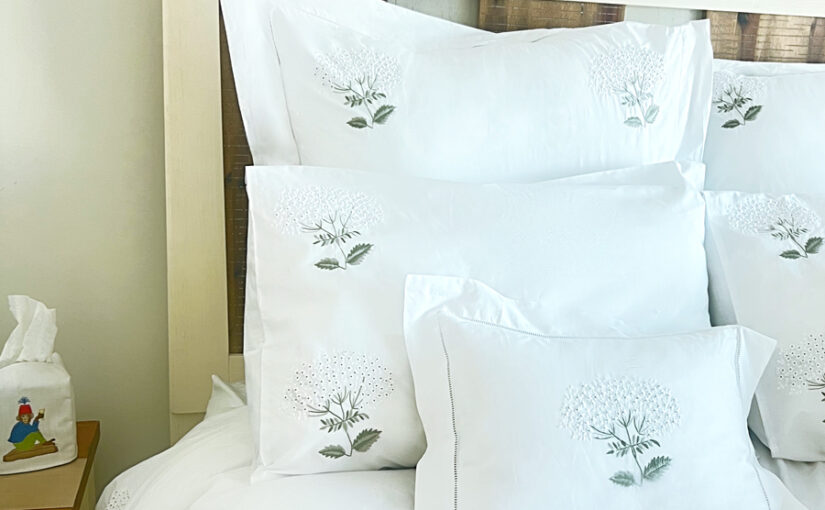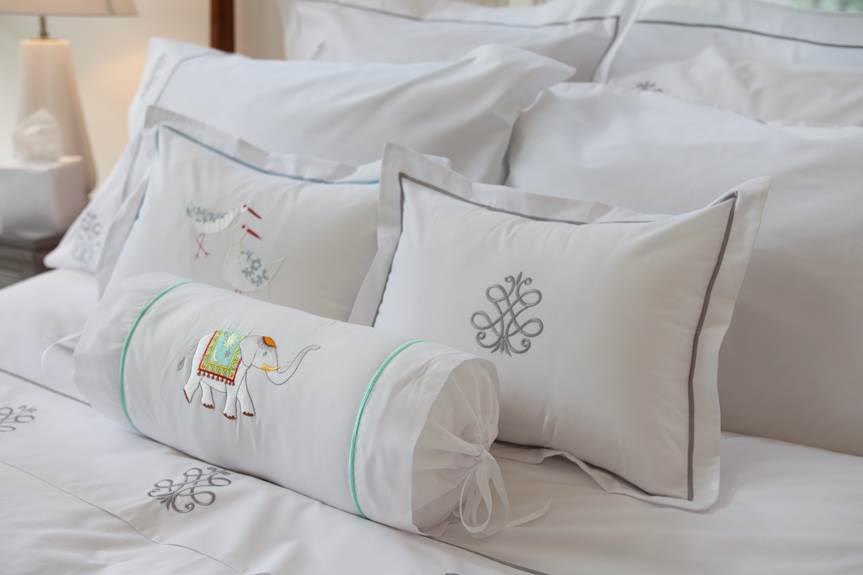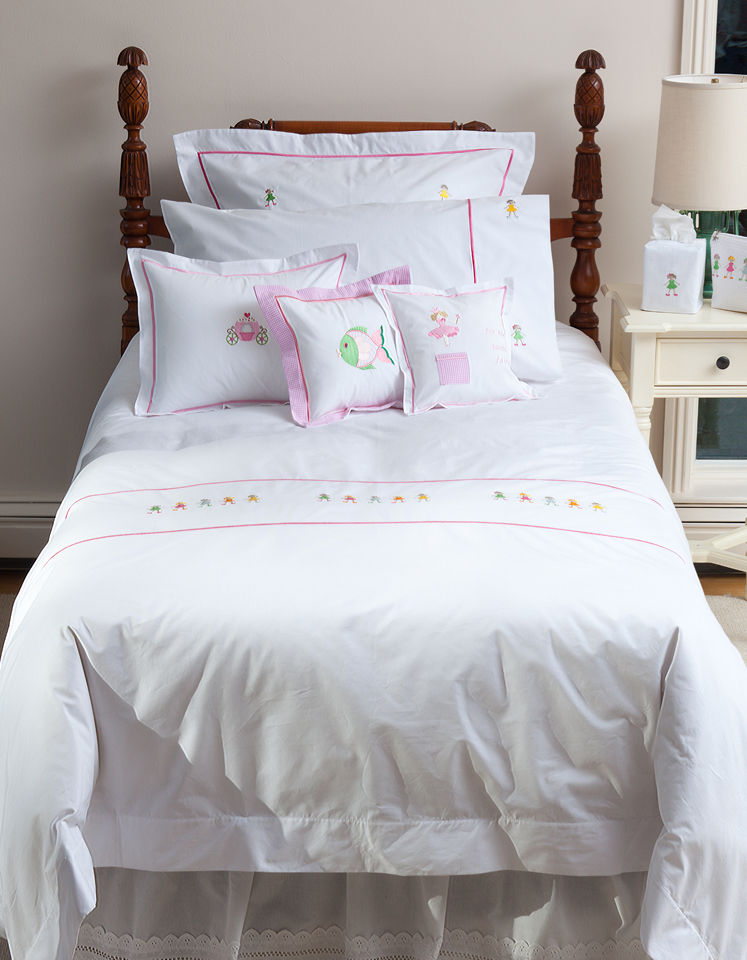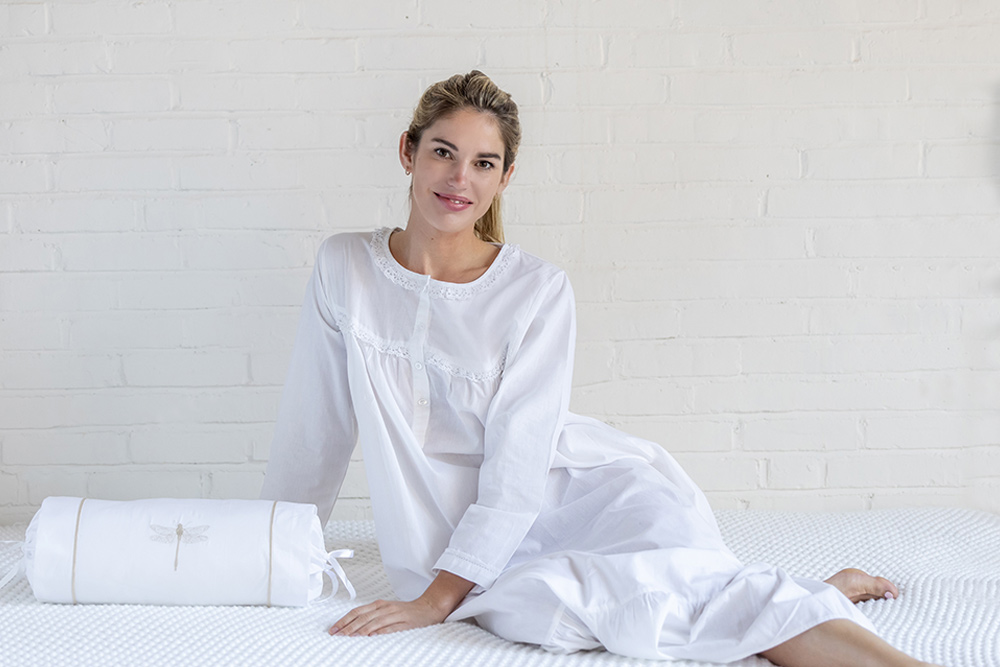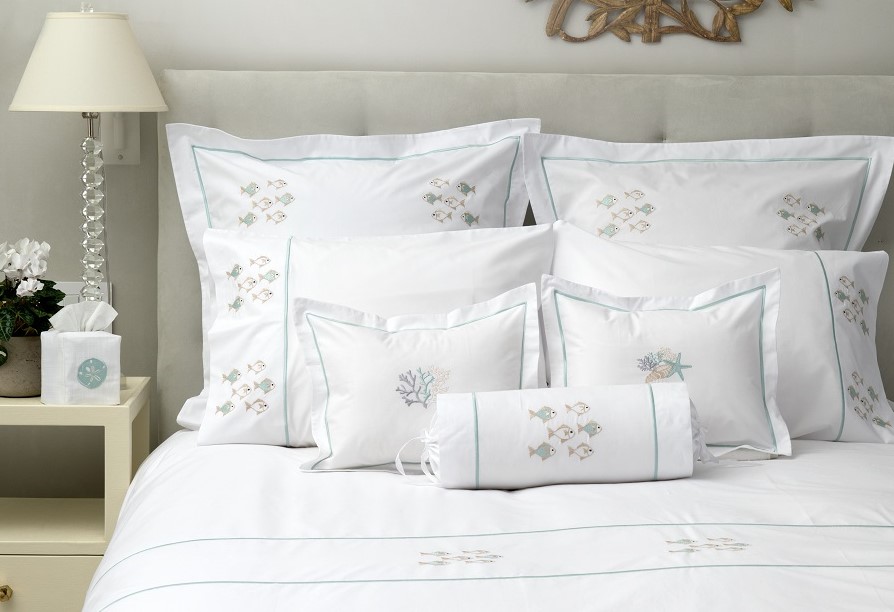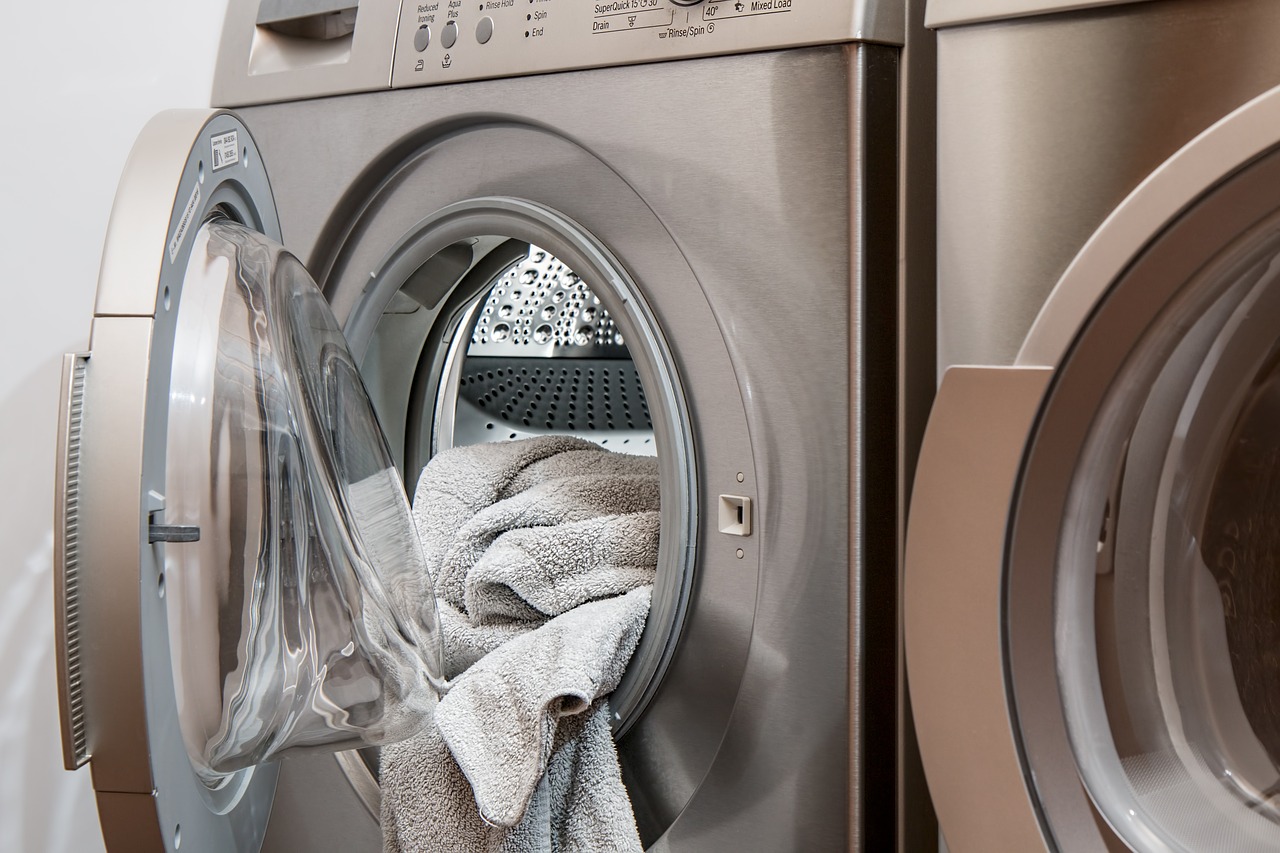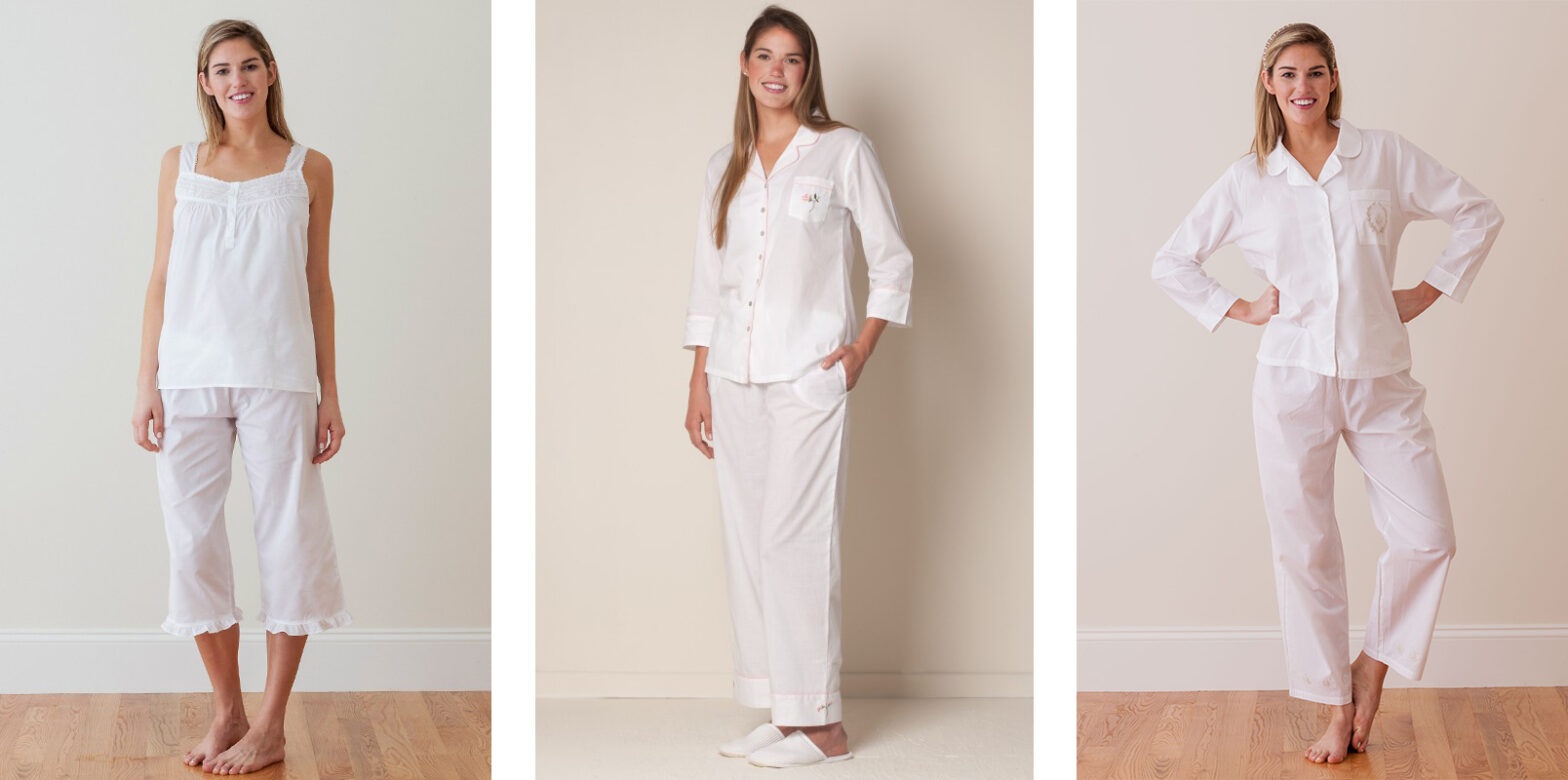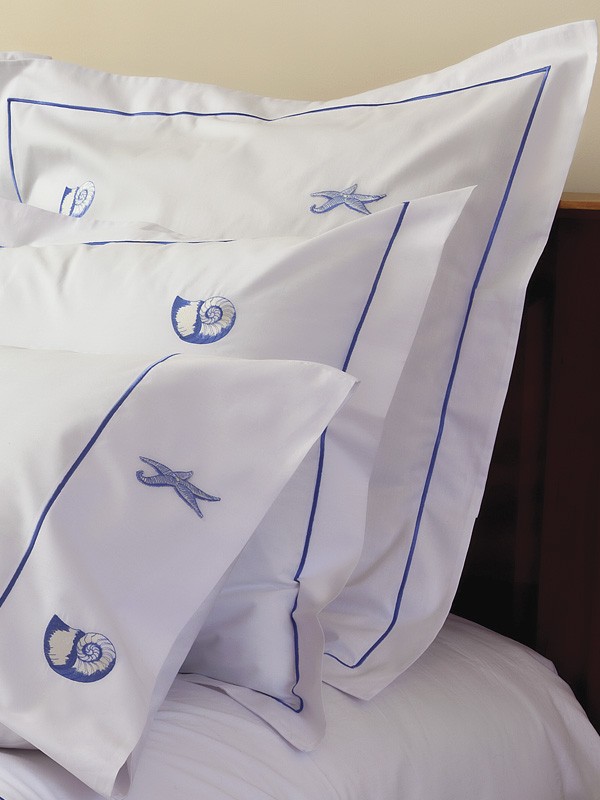In today’s bustling world, we cannot overstate the significance of a serene sleep haven. More than just a space to rest, our bedrooms should be sanctuaries of comfort and tranquility. Enter the transformative art of layered bedding. Much like layering in fashion, this technique involves thoughtfully combining multiple textiles to craft not only an aesthetically pleasing bed but one that caters to unparalleled comfort. From the tactile bliss of soft sheets to the snug embrace of quilts and comforters, layered bedding brings together the best elements of design and coziness. Dive with us into this inviting realm and discover its myriad benefits.
The Essence of Cotton in the Art of Layered Bedding
Cotton holds a revered place in the realm of layered bedding and with good reason. When pitted against other fabrics, it emerges as a preferred choice for many, primarily due to its inherent properties. A natural fiber, it boasts an enviable breathability that ensures comfort across varying climates. It keeps you cool in the sweltering heat and comfortably warm in chills. Furthermore, its luxurious touch enhances the overall sleeping experience, presenting tactile comfort and an undeniable aesthetic appeal. While linen has its merits, cotton’s adaptability to temperatures, coupled with its sumptuous feel, makes it a paramount choice for those seeking an opulent and soothing bedding experience.

sleep
Choosing the Right Cotton Sheets
The journey to a perfect night’s sleep often begins with selecting the right cotton sheets, and here, thread count reigns supreme. As a measure of the fabric’s fineness, thread count is pivotal in distinguishing high-quality sheets from their lesser counterparts. While a higher thread count typically indicates a denser, softer weave, it’s crucial to ensure that it’s pure cotton being counted, not just filler threads. Beyond just offering indulgent softness, premium quality sheets also promise enhanced durability, standing the test of time and repeated washes. So, as you lay the foundation for your sleep haven, recognizing the importance of thread count can be your compass to unmatched comfort and longevity.
Considering Weight and Order
Mastering the science of layering in bedding is akin to setting the stage for optimal relaxation, especially vital after the tumultuous whirlwind of moving. Once the boxes are unpacked and the furniture is in place, the bed becomes the sanctuary where we eagerly seek to unwind after everything is done and relax after the relocation. The bed’s foundation, or the base layer, is pivotal. It sets the tone for comfort and dictates how subsequent layers will interact. The sequence in which these layers are placed can profoundly impact temperature regulation. For instance, in colder months post-move, you might opt for heavier blankets on top, but as seasons change, lighter layers become paramount. As one’s preference for warmth adjusts after moving to a new climate, the art of reordering these layers becomes paramount.
The Delight of Cotton Duvet Covers
Duvet covers, often the crown jewels of the art of layered bedding, encapsulate both style and function. Serving as protective shields for duvets, they additionally grant the freedom to change the bedroom’s look without the hassle of purchasing a new duvet each time. Opting for cotton in these covers is a masterstroke, bringing together an alluring blend of texture and design. The myriad patterns and weaves available in cotton allow one to choose just the right touch of elegance or whimsy for a bedroom’s decor. Beyond aesthetics, the material’s natural breathability ensures a free flow of air, preventing overheating, while its insulating properties retain the duvet’s warmth. In essence, duvet covers are where delightful design meets mindful functionality, culminating in sleep perfection.

sleep. Order the Hydrangea pillow here.
Personalizing with Pillows
Pillows, in the tapestry of layered bedding, are the strokes of personal touch, harmoniously merging comfort with aesthetics. The quest for slumber nirvana often begins with choosing the right type of pillow tailored to individual posture and sleeping preferences. Draping these cushions in cotton pillow covers elevates the experience, introducing both a visual appeal and tactile luxury. Cotton, revered for its breathability, ensures a cool resting place for your head. Its versatile design options can transform the bed’s entire look. Beyond the mere comfort, pillow placement in the art of layered bedding acts as the crescendo in this symphony of textiles, adding depth, contrasting textures, and showcasing individual style. When done thoughtfully, pillows transcend their primary function, becoming integral facets of a sleep sanctuary’s ambiance.
Proper Care and Storage of Layered Bedding
The importance of taking care of one’s possessions after settling into a new home, especially items as intimate as our beddings, is not to be underestimated—according to City Movers. They say that most of their clients have concluded that enhancing the longevity of layered beddings ensures comfort, and it makes for a wise investment in the long run. Adhering to specific washing instructions for each component can make a world of difference, preserving the color and structure of fabrics. Proper storage techniques, such as using breathable containers and avoiding damp areas, guarantee that the textiles maintain their softness and durability. Moreover, regular rotations and refreshes of bedding pieces can breathe new life into them. It’ll ensure they remain inviting, plush, and ever-ready for restful nights after long moving days.

Blankets and Throws
In the grand ensemble of bedding, cotton blankets, and throws emerge as both accent pieces and pragmatic essentials. These items drape beds with layers of style, adding pops of color, patterns, or even simple, understated elegance. But their role isn’t merely decorative. They strike a delicate balance between aesthetics and utility. Depending on the season, the thickness and texture of these additions can be curated for optimal comfort. For instance, a light cotton throw is ideal for summer nights. A denser, textured blanket becomes the winter bed’s ally. Each choice, from weave to weight, is a testament to personal style while ensuring functionality isn’t sacrificed. Thus, blankets and throws gracefully bridge the gap between a bed’s visual appeal and comforting embrace.
Conclusion
In essence, the art of layered bedding is a beautiful form, offering unmatched comfort and style. Embrace its benefits, experiment, and discover a bedding style that resonates with your unique aesthetic.

